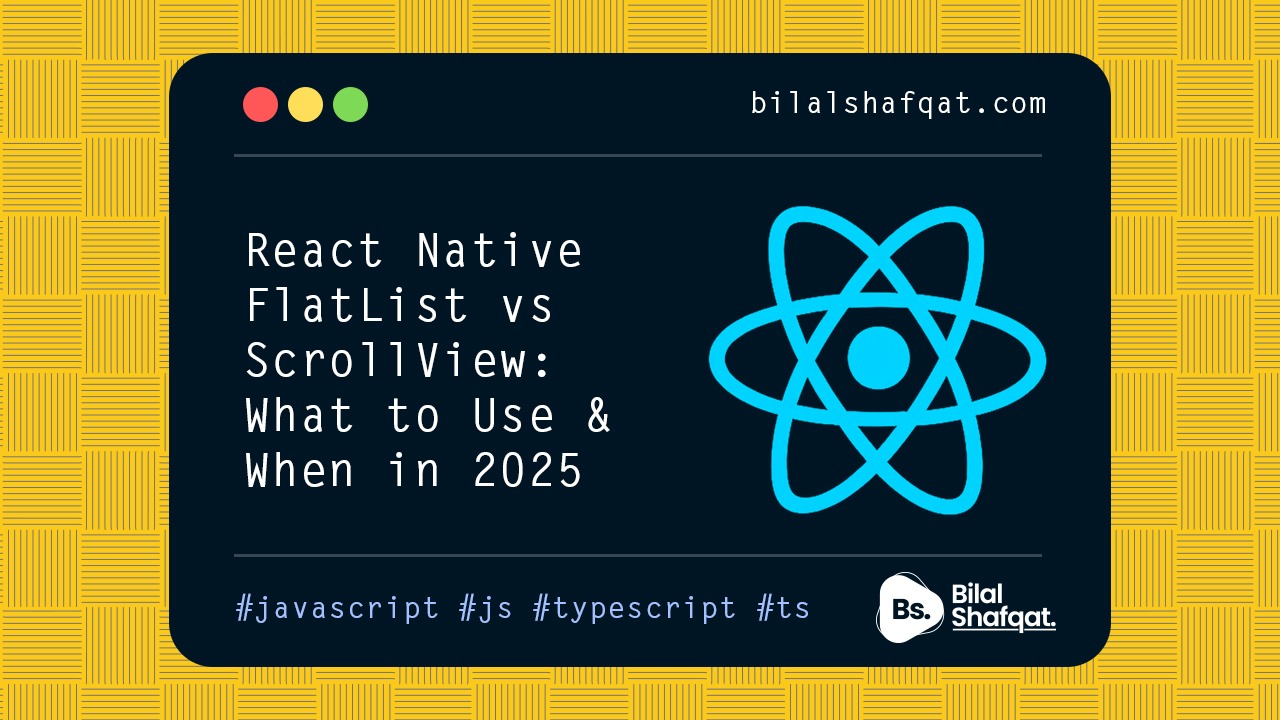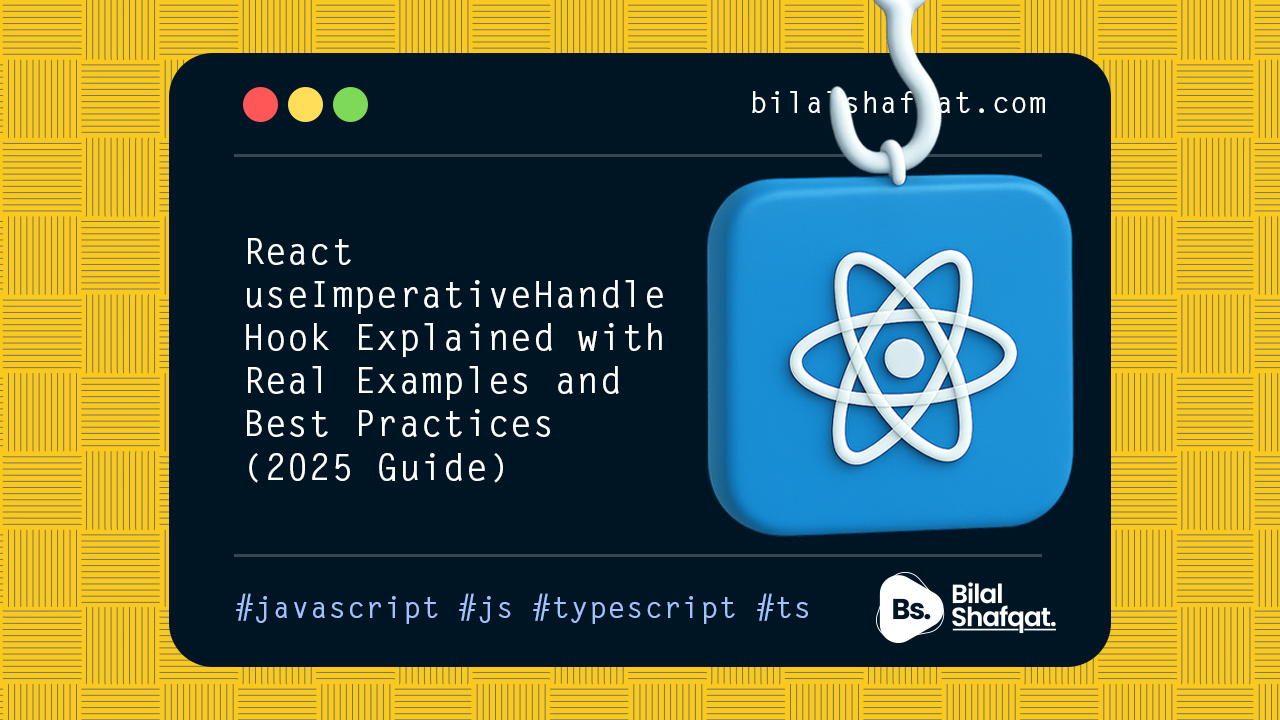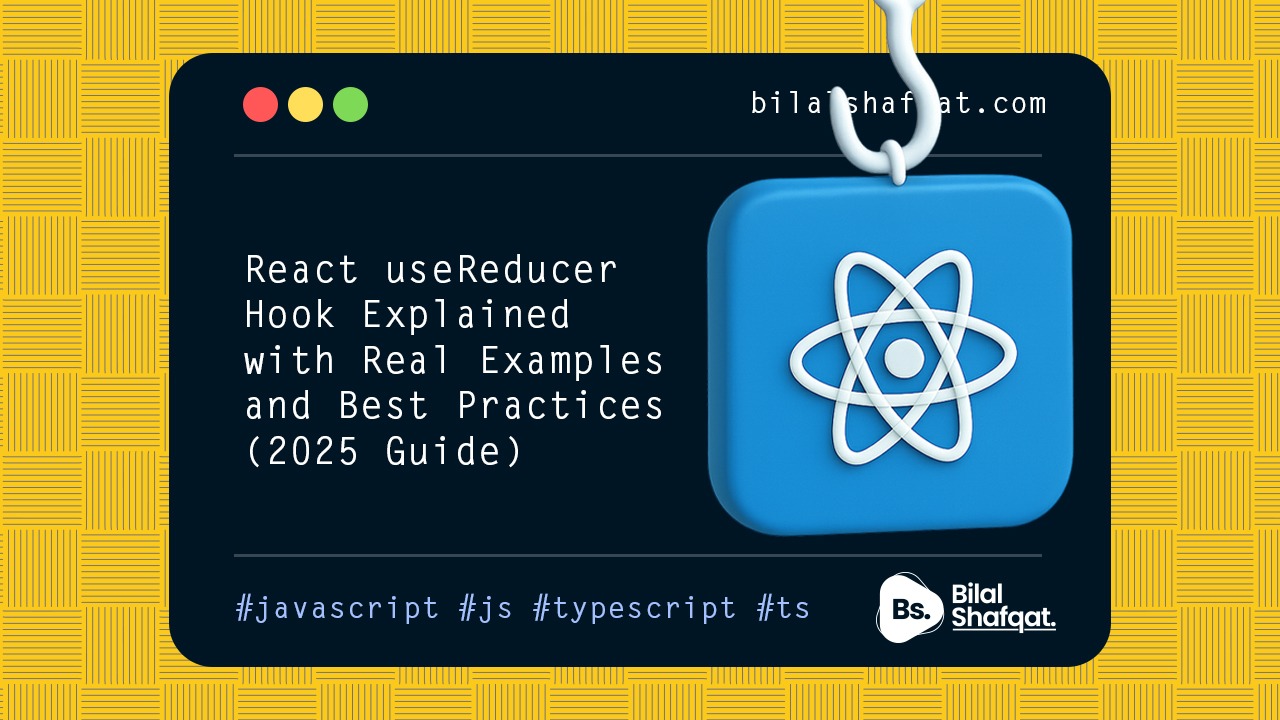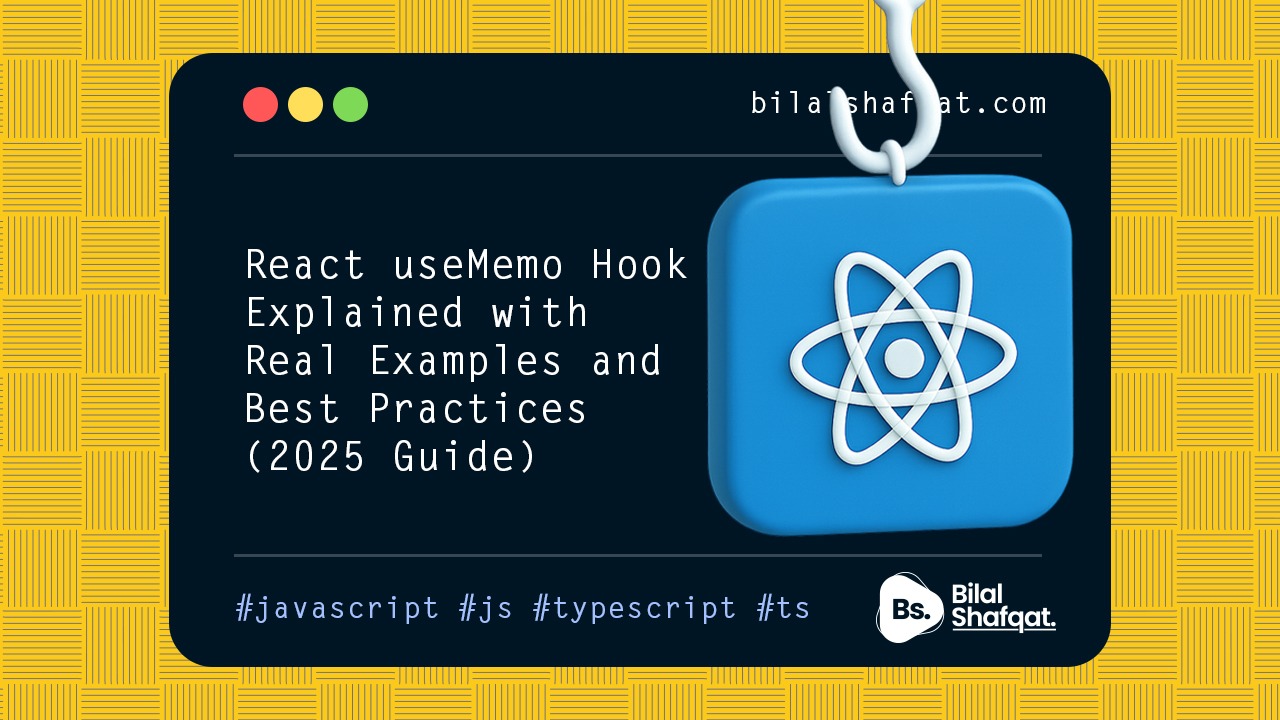
React Native FlatList vs ScrollView- What to Use and When in 2025
- bilalshafqat42
- June 13, 2025
- React Js
- 0 Comments
React Native FlatList vs ScrollView: What to Use and When in 2025
Confused between FlatList and ScrollView in React Native? This in-depth guide explains when to use each, how they differ, and which one is better for performance and scalability.
🧠 Introduction: FlatList vs ScrollView — A Common Developer Dilemma
If you’ve spent any time building mobile apps in React Native, you’ve probably used ScrollView and FlatList. And if you’re like most developers, you may have even used them interchangeably — especially for rendering vertical lists of content.
At first glance, they look similar. Both allow you to display scrollable views. But under the hood, they work very differently — and choosing the wrong one can lead to performance issues, memory overuse, and a poor user experience.
In this article, we’ll break down:
- What FlatList and ScrollView actually are
- When to use each one
- Key differences in performance and features
- Real-world examples and best practices
By the end, you’ll know exactly which to use — and why.
🔄 What Are ScrollView and FlatList?
Both ScrollView and FlatList are components provided by React Native to create scrollable content in your apps.
📜 ScrollView
ScrollView renders all of its child components at once. That means if you pass it 1000 items, it will try to render all of them when the component mounts — regardless of whether they’re visible or not.
📋 FlatList
FlatList is a more advanced component that is optimized for large data sets. It only renders the visible items on screen, and as the user scrolls, it lazily loads new content.
🧪 Key Differences Between FlatList and ScrollView
| Feature | ScrollView | FlatList |
|---|---|---|
| Rendering strategy | Renders all items | Renders only visible items |
| Performance | Poor with large lists | High performance with large data sets |
| Memory usage | High | Optimized |
| Infinite scroll | Not supported natively | Supported with onEndReached |
| Custom layout | Flexible | Requires renderItem, keyExtractor |
| Use case | Small content | Long, scrollable lists |
⚙️ ScrollView: When to Use It
You should use ScrollView when:
- You’re rendering a small number of items (usually fewer than 20)
- The content size is fixed or predictable
- You need flexible layout control inside the scrollable area
- Performance is not a concern
Example:
import { ScrollView, Text } from 'react-native';
<ScrollView>
{items.map((item) => (
<Text key={item.id}>{item.name}</Text>
))}
</ScrollView>
⚡ FlatList: When to Use It
You should use FlatList when:
- You’re dealing with medium to large datasets
- Your list contains repeating or structured items
- You want to support features like:
- Lazy loading
- Pull to refresh
- Pagination
- Item separators
Example:
import { FlatList, Text } from 'react-native';
<FlatList
data={items}
renderItem={({ item }) => <Text>{item.name}</Text>}
keyExtractor={(item) => item.id.toString()}
/>
🧠 Common Mistakes to Avoid
❌ Using ScrollView for Long Lists
This is the most frequent issue. Developers use ScrollView for a long list of items — which leads to performance problems like:
- App crashes on lower-end devices
- Slow rendering
- Poor scroll experience
- High memory consumption
✅ Best Practice:
If you have more than 20 list items, default to using FlatList.
🔄 Performance Comparison: Real-World Results
Let’s compare a list of 1000 items:
ScrollView:
- Loads all 1000 items in memory at once
- Takes longer to mount the component
- Scroll gets laggy or stuck on mid-range devices
- Uses more CPU/GPU resources
FlatList:
- Loads only 10–12 items (based on screen size)
- Scroll stays smooth
- Saves memory and boosts performance
- Supports infinite scrolling and dynamic loading
Verdict: FlatList wins for performance every time you’re dealing with unbounded or dynamic lists.
🧰 FlatList Features Worth Using
onEndReached: Trigger pagination when the user scrolls to the endListHeaderComponent&ListFooterComponent: Add headers or footers inside the listrefreshing&onRefresh: Add pull-to-refresh functionalityItemSeparatorComponent: Automatically insert dividers between itemsinitialNumToRender: Control how many items render initially
📦 When You Might Combine ScrollView and FlatList
In rare cases, you may need to nest scrollable components.
For example:
- A parent
ScrollViewfor vertical scroll - A child
FlatListfor horizontal scrolling (carousel)
But be careful! Nested scrolls can lead to gesture conflicts, especially on Android.
🧠 Summary: When to Use Which?
| Use Case | Component |
|---|---|
| Short form or static content | ScrollView |
| Dynamic list of products | FlatList |
| Chat/message list | FlatList |
| List with infinite scrolling | FlatList |
| Complex nested layout | ScrollView |
| Feed with lazy loading | FlatList |
💡 Final Thoughts
Choosing between FlatList and ScrollView in React Native isn’t just about syntax — it’s about performance, user experience, and scalability.
Use ScrollView when the content is short and simple.
Use FlatList when you’re dealing with data — especially when the list might grow.
By making the right choice early, you avoid rework, crashes, and slow UI in production.




